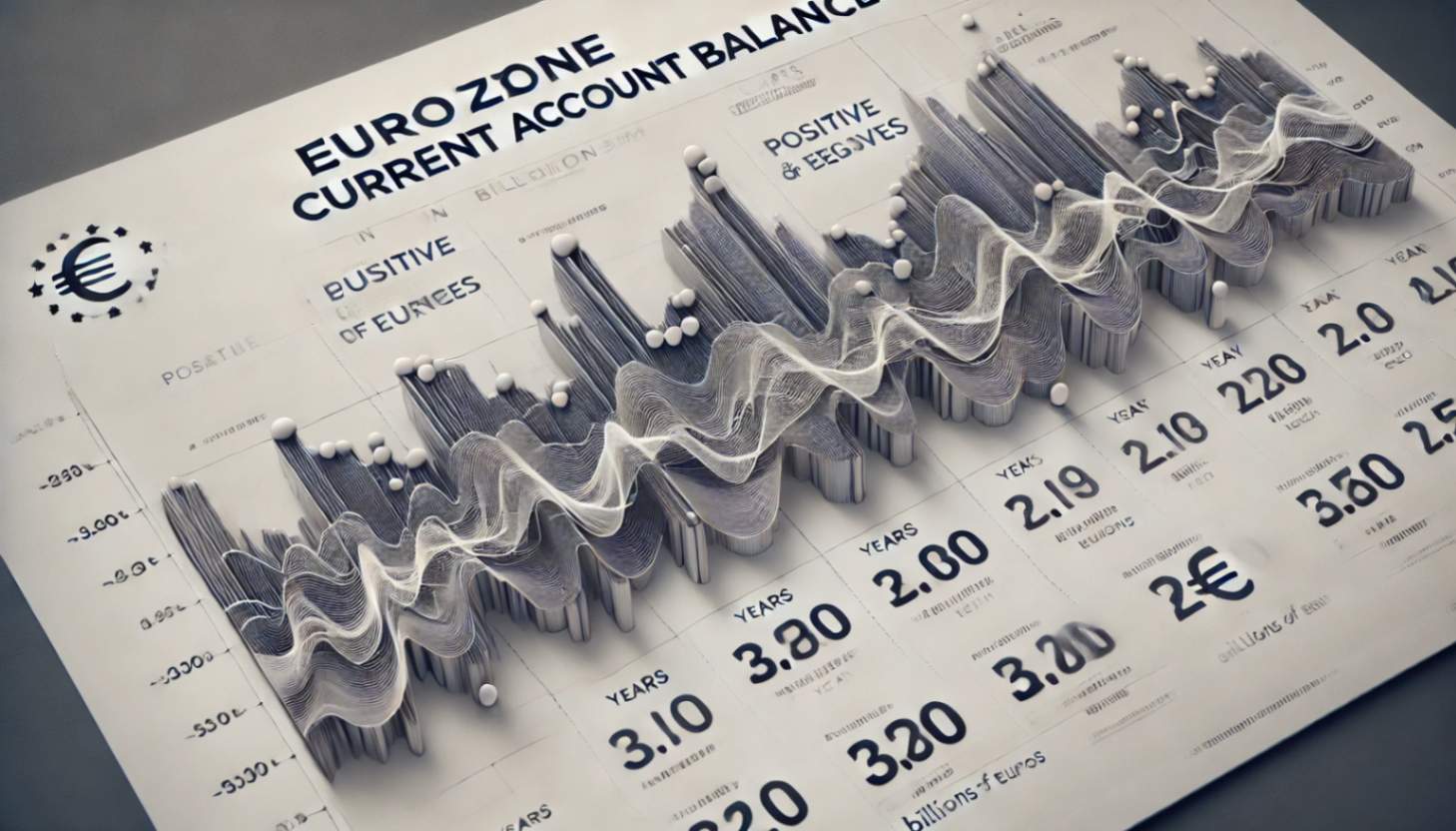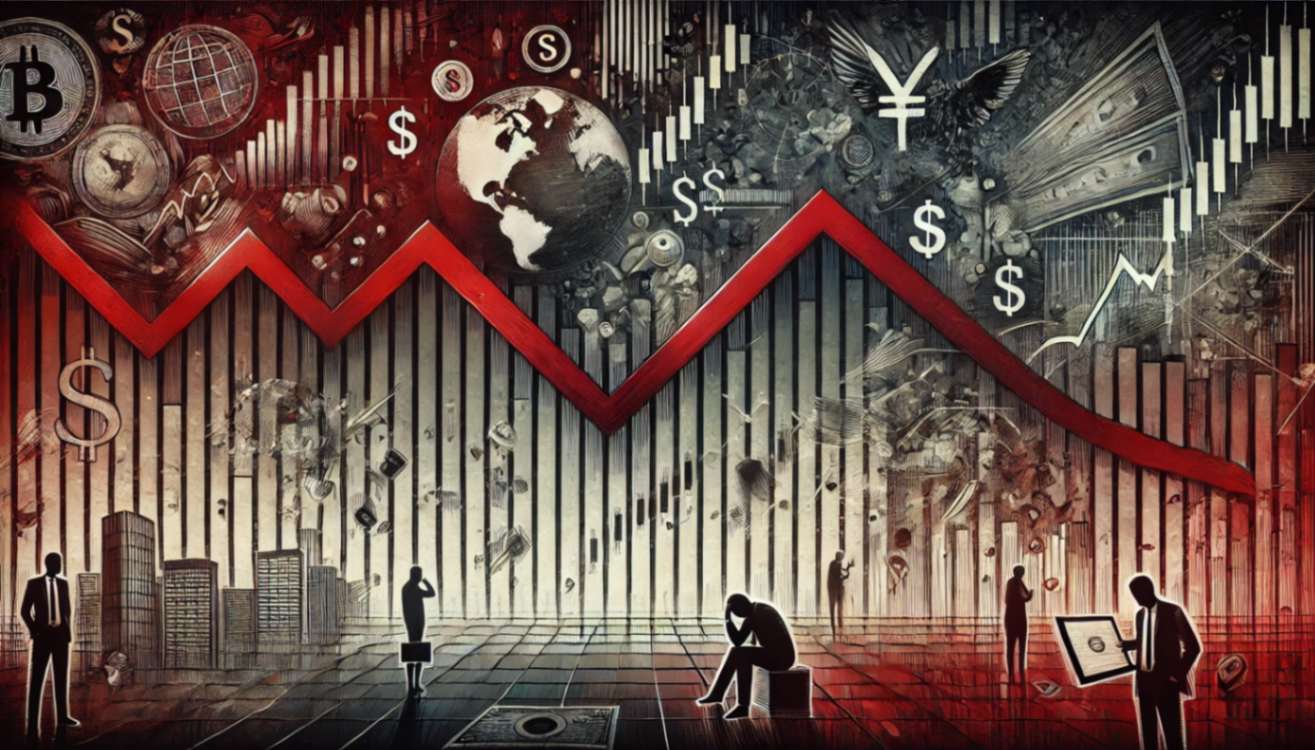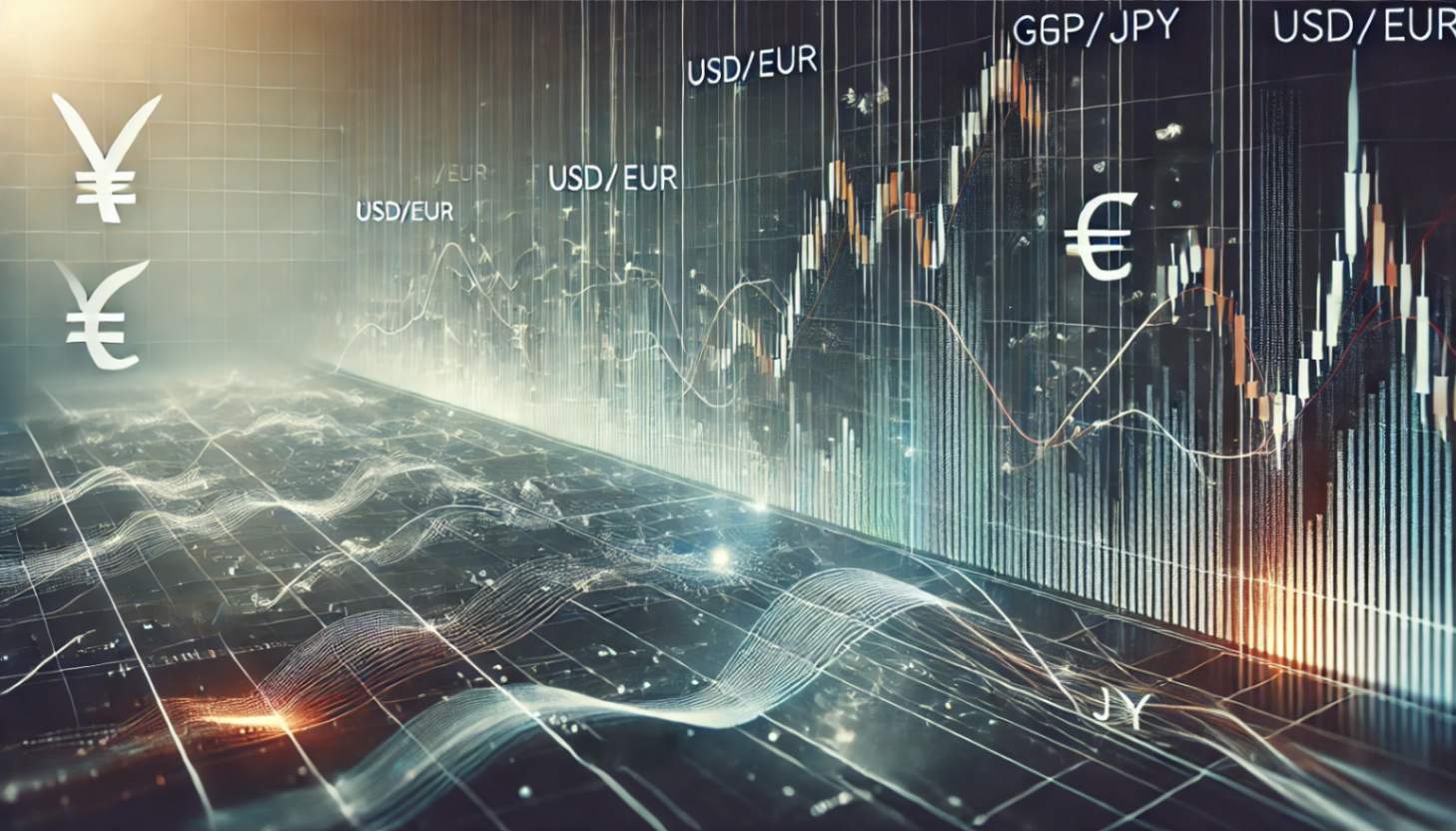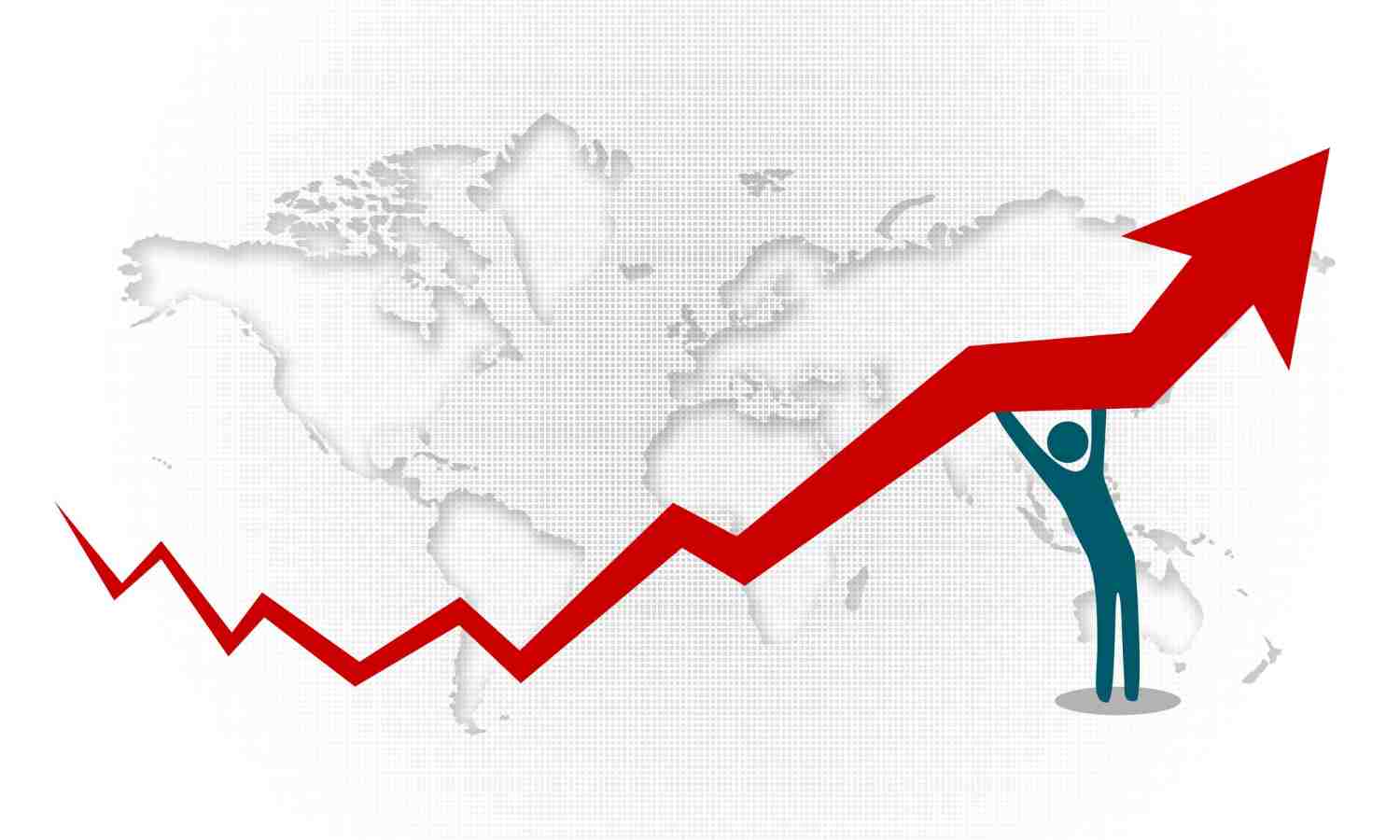The world of forex trading is vast and complex, filled with numerous factors that can influence market movements. One key indicator that traders often keep an eye on is the current account balance of major economies, and the Eurozone is no exception. In this article, we’ll dive deep into the Eurozone current account balance, exploring what it is, why it matters, and how it can create opportunities for forex traders. Grab a cup of coffee, and let’s get started!
What is the Eurozone Current Account Balance?
The current account balance is a measure of a country’s international trade in goods and services, net earnings on cross-border investments, and net transfer payments. For the Eurozone, this involves all member countries using the euro as their currency. Essentially, it reflects the difference between what the Eurozone earns from exports and what it spends on imports.
Understanding the Components of the Current Account
To grasp the full picture, let’s break down the components of the current account:
Goods and Services Trade Balance
This is the difference between exports and imports of goods and services. A positive balance indicates that the Eurozone is exporting more than it is importing, while a negative balance suggests the opposite.
Primary Income Balance
Primary income includes earnings from investments such as interest, dividends, and profits. This balance reflects the Eurozone’s net earnings from its investments abroad compared to foreign investments within the Eurozone.
Secondary Income Balance
Secondary income involves transfers of money without a corresponding exchange of goods or services, such as remittances and foreign aid. A positive balance indicates more money flowing into the Eurozone than going out.
Why the Eurozone Current Account Balance Matters
Indicator of Economic Health
A surplus in the current account balance suggests a strong economy with competitive industries, whereas a deficit could indicate economic weaknesses or excessive reliance on foreign goods and services.
Influence on Forex Markets
The current account balance can influence the value of the euro. A surplus often leads to a stronger euro, as it suggests high demand for Eurozone goods and services. Conversely, a deficit can weaken the euro.
Investor Confidence
Investors look at the current account balance to gauge the economic stability of the Eurozone. A consistent surplus can attract foreign investment, boosting the euro’s value.
Analyzing Historical Trends
Pre-2008 Financial Crisis
Before the 2008 financial crisis, the Eurozone experienced varying current account balances, with some countries running significant deficits while others had surpluses. Germany, for example, consistently had a surplus, while countries like Greece and Spain faced deficits.
Post-Crisis Recovery
The financial crisis led to a rebalancing within the Eurozone. Austerity measures and structural reforms in deficit countries, combined with strong export performance from surplus countries, resulted in an overall current account surplus for the Eurozone.
Impact of COVID-19
The pandemic disrupted global trade, but the Eurozone managed to maintain a current account surplus, thanks to strong export performance in sectors like pharmaceuticals and machinery.
How Forex Traders Can Use Current Account Data
Predicting Currency Movements
By analyzing current account trends, traders can anticipate potential movements in the euro. A widening surplus could signal a stronger euro, while a shrinking surplus or growing deficit might indicate a weakening euro.
Identifying Trade Opportunities
Current account data can help traders identify potential trade opportunities. For instance, if a country’s current account balance improves, its currency might appreciate, providing a buying opportunity for forex traders.
Risk Management
Understanding the current account balance can also aid in risk management. Traders can use this information to hedge against potential adverse currency movements, protecting their investments.
Factors Influencing the Eurozone Current Account Balance
Global Economic Conditions
The global economy plays a significant role in shaping the Eurozone’s current account balance. Economic downturns in key trading partners can reduce demand for Eurozone exports, impacting the balance.
Exchange Rates
Exchange rate fluctuations affect the competitiveness of Eurozone goods and services. A weaker euro makes exports cheaper and imports more expensive, potentially improving the current account balance.
Domestic Economic Policies
Government policies, such as fiscal stimulus or austerity measures, can influence the current account balance. For example, austerity measures can reduce domestic consumption and imports, improving the balance.
Case Study: Germany’s Role in the Eurozone Current Account Balance
Germany, as the largest economy in the Eurozone, plays a crucial role in the current account balance. Its strong industrial base and export-oriented economy have consistently contributed to a surplus. Let’s explore this further:
Export Powerhouse
Germany’s economy is heavily reliant on exports, particularly in sectors like automotive, machinery, and chemicals. This strong export performance contributes significantly to the Eurozone’s overall current account surplus.
Impact of Domestic Policies
Germany’s focus on maintaining a balanced budget and avoiding excessive debt has also helped maintain a current account surplus. This contrasts with some other Eurozone countries that have faced challenges in managing their fiscal policies.
Challenges Facing the Eurozone Current Account Balance
Internal Imbalances
Differences in economic performance and competitiveness among Eurozone countries can create internal imbalances. While some countries run surpluses, others face persistent deficits, which can strain the overall current account balance.
Trade Wars and Protectionism
Global trade tensions and protectionist policies can disrupt the Eurozone’s trade flows, impacting the current account balance. For example, tariffs on Eurozone exports can reduce demand and worsen the balance.
Aging Population
An aging population in the Eurozone can affect the current account balance. As the workforce shrinks and the dependency ratio increases, domestic consumption patterns and savings rates may change, influencing the balance.
Opportunities for Forex Traders
Leveraging Economic Reports
Forex traders can leverage economic reports on the current account balance to inform their trading strategies. Regularly monitoring these reports can provide insights into potential currency movements.
Long-term Investment Strategies
Traders with a long-term perspective can use current account data to identify stable investment opportunities. Countries with consistent current account surpluses may offer more stable investment environments.
Diversifying Portfolios
Understanding the current account balance can help traders diversify their portfolios. By investing in a mix of currencies from countries with different current account profiles, traders can mitigate risks and enhance returns.
Practical Tips for Forex Traders
Stay Informed
Keeping up with the latest economic reports and news related to the Eurozone current account balance is crucial. Reliable sources include the European Central Bank (ECB) and Eurostat.
Use Technical Analysis
Combine fundamental analysis of the current account balance with technical analysis to make more informed trading decisions. Look for trends, patterns, and key support and resistance levels.
Monitor Key Economic Indicators
In addition to the current account balance, pay attention to other key economic indicators, such as GDP growth, inflation, and unemployment rates. These indicators can provide a more comprehensive view of the Eurozone’s economic health.
The Future of the Eurozone Current Account Balance
Green Transition
The Eurozone’s push towards a green economy could impact the current account balance. Investments in renewable energy and green technologies may create new export opportunities, improving the balance.
Digital Economy
The growth of the digital economy presents both challenges and opportunities. On one hand, it can boost exports of digital services, but on the other, it may disrupt traditional trade patterns.
Geopolitical Shifts
Geopolitical developments, such as changes in trade agreements and political alliances, can influence the current account balance. Staying attuned to these shifts is essential for forex traders.
Conclusion
Understanding the Eurozone current account balance is like having a treasure map in the world of forex trading. It offers valuable insights into the economic health of the region and can help traders identify potential opportunities and risks. By staying informed and leveraging this data, forex traders can navigate the complex waters of the forex market with greater confidence. So, the next time you analyze your forex trading strategy, don’t forget to check the Eurozone current account balance—your trading success might just depend on it.
FAQs
1. What is the current account balance, and why is it important for forex traders?
The current account balance measures a country’s international trade in goods and services, net earnings on cross-border investments, and net transfer payments. It’s important for forex traders because it reflects the economic health of a country and can influence currency value.
2. How can the Eurozone current account balance impact the value of the euro?
A surplus in the current account balance often leads to a stronger euro, as it suggests high demand for Eurozone goods and services. Conversely, a deficit can weaken the euro.
3. What factors can influence the Eurozone current account balance?
Factors include global economic conditions, exchange rates, domestic economic policies, and internal imbalances among Eurozone countries.
4. How can forex traders use current account data in their trading strategies?
Traders can use current account data to predict currency movements, identify trade opportunities, and manage risks by hedging against potential adverse currency fluctuations.
5. What challenges and opportunities lie ahead for the Eurozone current account balance?
Challenges include internal imbalances, trade wars, and an aging population. Opportunities arise from the green transition, digital economy growth, and geopolitical shifts.









